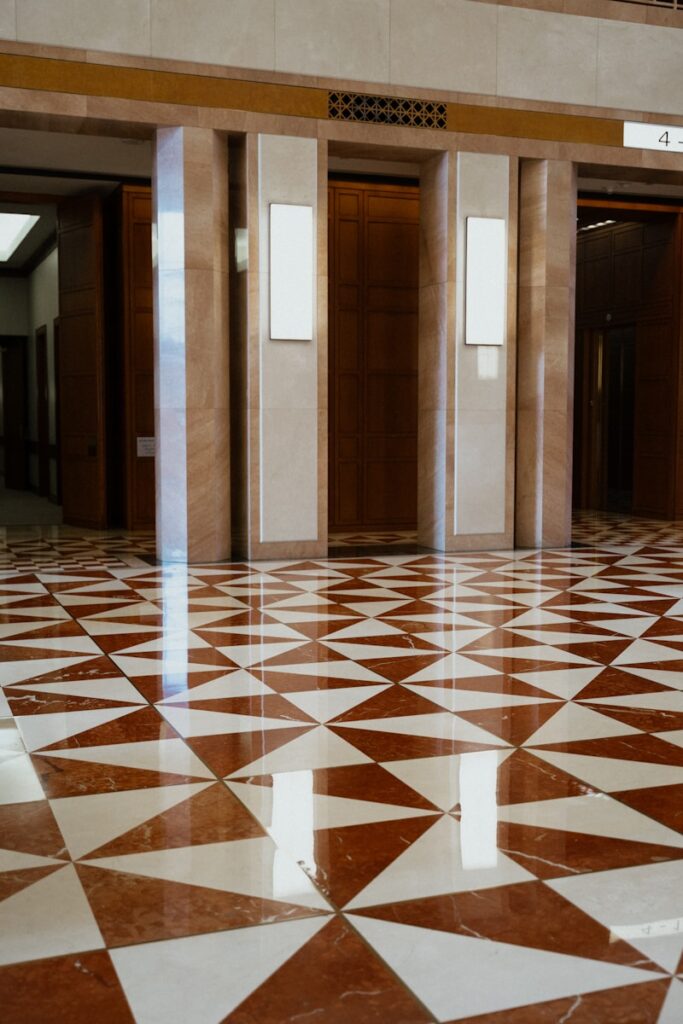Porcelain, known for its timeless elegance and versatility, has long been a favorite choice in various applications, from tile floors to dental crowns. Its many advantages are celebrated, but like any material, it’s not without its flaws. In this article, we’ll delve deep into the major disadvantage of porcelain, uncovering why this exquisite material comes with a fragility caveat.
Understanding Porcelain’s Allure
Before we get into the downside, let’s briefly appreciate why porcelain is so widely cherished. Porcelain is crafted from refined clay fired at incredibly high temperatures, resulting in a material that’s known for its:
1. Durability
- Porcelain tile floors are renowned for their durability, making them a popular choice in high-traffic areas.
- Dental crowns made of porcelain are durable and mimic the appearance of natural teeth.
2. Aesthetic Appeal
- Porcelain offers an extensive range of patterns and colors, making it a versatile choice for interior design.
- Porcelain veneers provide a natural and attractive smile transformation.
3. Dental Applications
- Porcelain crowns are a preferred choice for dental restorations due to their strength and aesthetics.
The Achilles Heel: Fragility
Now, let’s address the elephant in the room—the major disadvantage of porcelain.
4. Susceptibility to Chipping and Breaking
- Porcelain, despite its many strengths, is notably susceptible to chipping and breaking. This fragility is one of its most significant drawbacks.
- Porcelain tiles, while durable, can crack or chip if subjected to heavy impact or pressure.
5. Limited Repair Options
- Unlike some other materials, repairing chipped or broken porcelain can be challenging. It often requires replacing the damaged piece entirely, which can be costly and time-consuming.
- Dental porcelain crowns may need complete replacement if damaged, adding to the expense.
6. Brittle Nature
- Porcelain’s brittleness makes it more prone to fractures compared to materials like ceramic tile.
- This characteristic can be a concern in environments where the risk of impact is high.
Mitigating the Fragility Factor
While the fragility of porcelain cannot be entirely eliminated, there are ways to mitigate its impact:
7. Proper Installation
- Ensuring that porcelain tiles or dental crowns are correctly installed by professionals can minimize the risk of damage.
8. Careful Handling
- Treating porcelain surfaces with care and avoiding heavy impacts can extend their lifespan.
FAQs: Uncovering More About Porcelain’s Disadvantage
Now, let’s address some common questions related to the fragility of porcelain:
Q1: Can chipped porcelain tiles be repaired?
- A1: Chipped porcelain tiles can be challenging to repair effectively. It’s often more practical to replace the damaged tile.
Q2: Are there alternatives to porcelain for high-impact areas?
- A2: Yes, for high-impact areas, materials like ceramic or stone tiles may be more suitable due to their increased resilience.
Q3: How can I prevent chipping of porcelain dental crowns?
- A3: To prevent chipping, avoid biting on hard objects or using your teeth as tools. Regular dental check-ups can also identify issues early.
Q4: Are there treatments to enhance the durability of porcelain?
- A4: Some sealants and coatings can be applied to porcelain surfaces to make them more resistant to chipping and staining.
Q5: Is the fragility of porcelain a deal-breaker?
- A5: Not necessarily. Porcelain’s aesthetic appeal and other advantages often outweigh its fragility for many applications.
In conclusion, while porcelain offers a host of benefits, its fragility remains its major disadvantage. Understanding this characteristic and taking appropriate precautions can help you enjoy the beauty of porcelain while minimizing the risk of damage. Whether you’re considering porcelain tiles for your home or porcelain crowns for your smile, informed decision-making is key to making the most of this elegant material.

